Finds suggest that the site of Khirbet al-Ra’I near Kiryat Gat could be the ancient desert city of Ziklag, to which the Bible says David fled from Saul before he made his way to Hebron to be anointed as the second king of Israel
Archaeologists from the Hebrew University of Jerusalem, the Antiquities Authority and Macquarie University in Sydney, Australia, say they identified the biblical city of Ziklag near modern day city of Kiryat Gat in the site of Khirbet Ra’i.
In the biblical story, David fled from King Saul to the Philistine city of Ziklag, where he was welcomed by its king Achish. David left the city to go to Hebron, where he was anointed king and started his Beit David lineage.
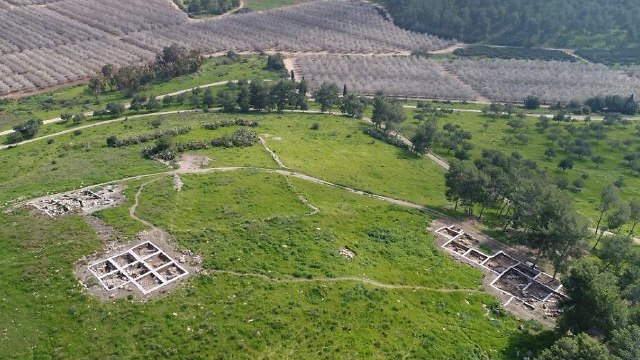
Researches say the name Ziklag is unusual for the region; it isn’t a Canaanite or Semitic place name, but rather one of Greek origins, given to the city by the Philistine population that originated from there.
There are several other suggestions for the location of biblical Ziklag; other possible sites could be Tel Halif near Kibbutz Lahav by Be’er Sheva, Tel Sera in the Western Negev and several others.
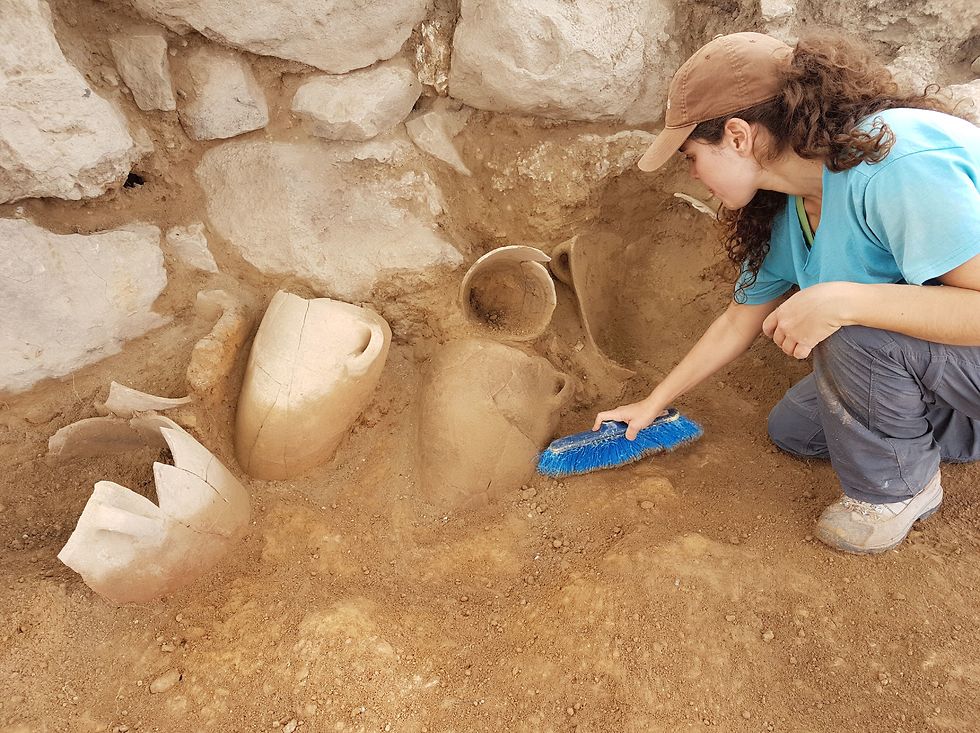
However, so far, the site in Khirbet al Ra’i is the only one that portrays consecutive settlement from both the 11th and 12th centuries BCE – Philistine rule and David’s estimated rule in the early 10th century BCE.
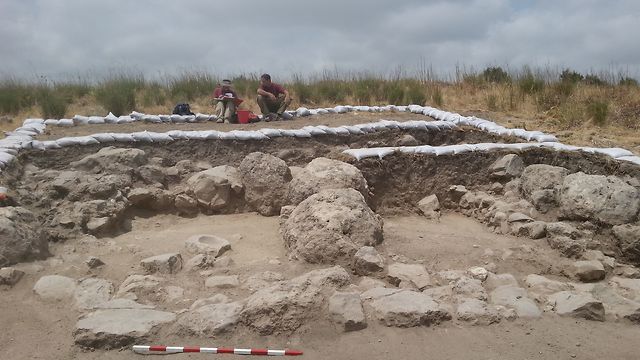
Architecture from the 11th and 2th centuries BCE found there includes massive stone structures containing Philistine material culture made of pottery, stone and metal. One unique find is a combination of a bowl and an oil lamp, both buried under floor surfaces for good luck.
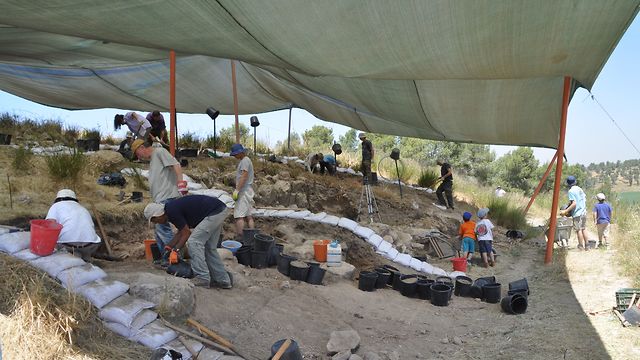
Similar finds were recovered from other Philistine cities like ancient Ashdod, Ashkelon, Ekron and Gat.
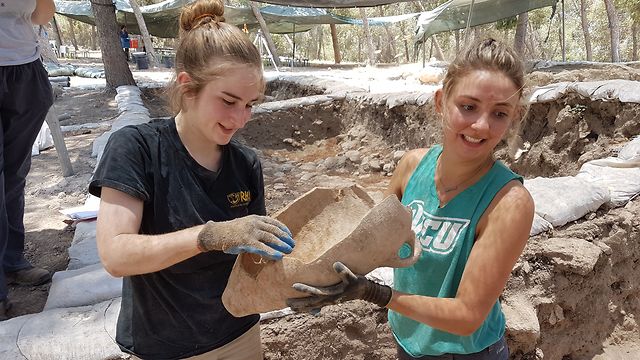
In strata above the Philistine settlement, finds from the 10th century BCE included dozens of intact pottery utensils. Similar pottery was recovered from another famous site attributed to Judean rule: Khirbet Qeiyafa, associated with the biblical city of Sha’araim.
The vast variety of pottery exhibits daily life in the 10th century, among which pots of different sizes used for storing oil and wine, alongside bowls and utensils for daily use known from other similar sites attributed to Judaic settlements.
As reported by Ynetnews
